Resistant and productive variety of table potatoes “Vector” from Belarusian breeders
The Vector potato, bred by Belarusian breeders, has gained popularity due to its taste, survival rate in different regions and shelf life. In this article we will tell you how to grow a bountiful harvest of this potato variety without much effort.
What kind of potato is this?
The vector refers to medium-late ripening table potato varieties. In just 5 years of cultivation in Russia, it has become widespread in almost all climatic zones.
Among professionals, the variety is recognized for its high starch content, which allows it to be grown for processing on an industrial scale. Amateur gardeners appreciated the variety for its simplicity of agricultural technology and high yields.
Origin and development
The Vector potato variety was bred by experimentally crossing the simple Zarevo potato with the hybrid type 1977-78 at the Potato Research Institute named after. A. G. Lorkha. In 2014, Vector was introduced to the State Register of the Russian Federation.
Distinctive features and appearance
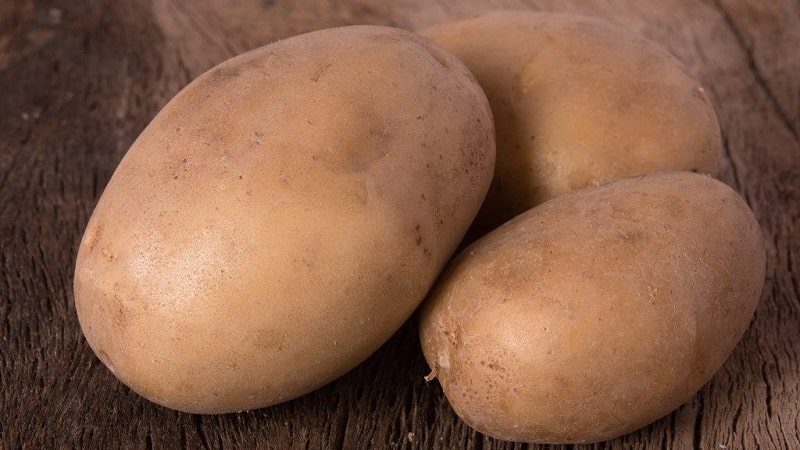
The vector is resistant to a number of diseases, adapted to different types of soil and resistant to unfavorable climatic conditions. Increased frost resistance allows the variety to be grown in the northern regions, and drought resistance - in the southern regions.
One bush produces 12-15 round-oval tubers. The size is medium, weight 90-150 g, the flesh and peel are creamy-pinkish in color. The eyes are small.
Description of the variety and photo
The plant is semi-erect, medium-sized, 60-70 cm high.The leaves are dark green in color, the flowers are purple. It blooms and ripens together. It is not injured during mechanical cleaning.
The variety is high-yielding: 1.5-2 kg of tubers are collected from each bush, and up to 10 kg from 1 m². When grown in fields on an industrial scale, the yield is 40-70 tons per hectare, depending on climatic conditions.
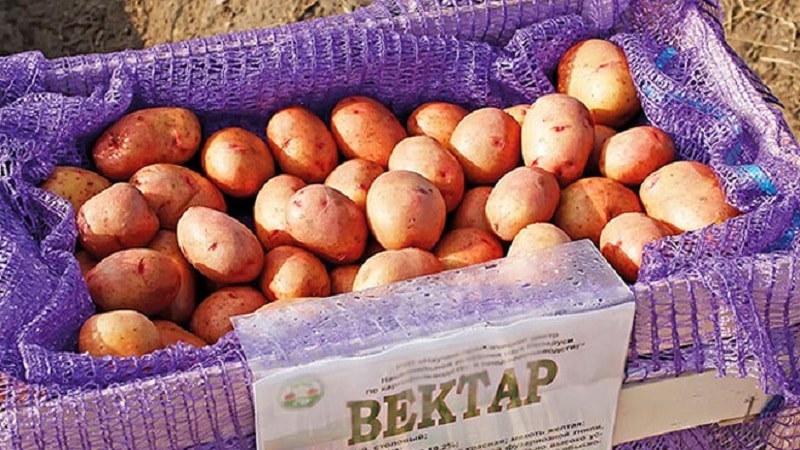
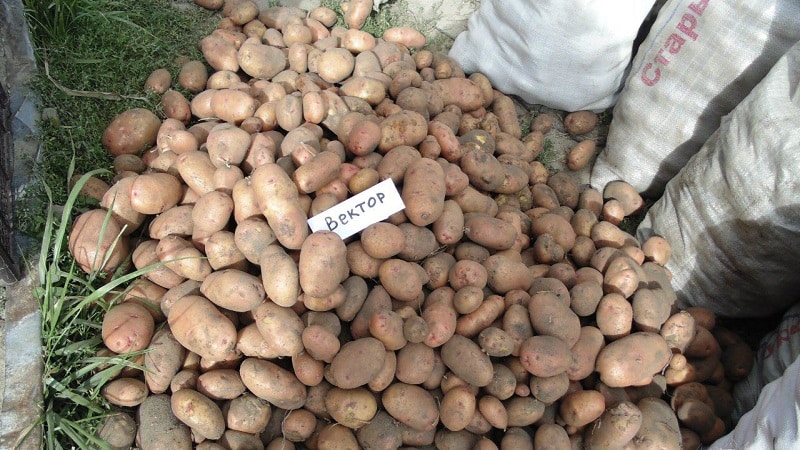
Other potato varieties of Belarusian selection:
Early table potato variety "Palace"
How to grow this variety
Vector is easy to grow, following the simple rules of agricultural technology described below.
Dates, scheme and rules of planting
Depending on the growing region, Vector is planted in April - May, in the northern regions - at the end of May or beginning of June. By the time of planting, make sure that the ground temperature warms up to +10°C.
Interesting! Experienced summer residents determine the timing of planting potatoes by the size of the birch leaf. If it has reached the size of a five-kopeck coin, it means that the earth has warmed up to the temperature necessary for planting potatoes.
2-3 weeks before disembarkation taken out of storage and taken to a warm, illuminated place. During this time, the tubers will germinate, turn green and be ready for planting.
For planting material, choose healthy (without blemishes) tubers medium and large sizes, on which there are at least three sprouts. The more there are, the more powerful the plant develops. Under no circumstances should you pick off the sprouts from the tuber. This is the most necessary component of planting material.
The variety is sensitive to planting density, so it is important to follow a clear pattern. The distance between rows is at least 70 cm, between tubers - 40-50 cm.This placement plan promotes better air penetration into the soil and ease of hilling.
There are two options for planting potatoes:
- The traditional method consists of digging holes to a depth of 5 cm, placing planting material in them and covering it with soil.
- If the soil is dense, then use a cultivator to cut ridges 10 cm high and immerse the tuber into the ridge to a depth of 6-10 cm.
These two options suitable for gardeners growing potatoes in small quantities for personal consumption.
Farmers plant potatoes using mechanized methods. High ridges, which are obtained using motorized equipment, warm up faster, they do not contain excess moisture, and the ground is saturated with air. In such conditions, the root system develops intensively.
Care
The vector is unpretentious to the soil composition. But light and fertilized soil suits him best. To do this, add 3 kg of humus and 100 g of wood ash for every 1 m². The most suitable soils are loamy and sandy soils, as well as black soil.
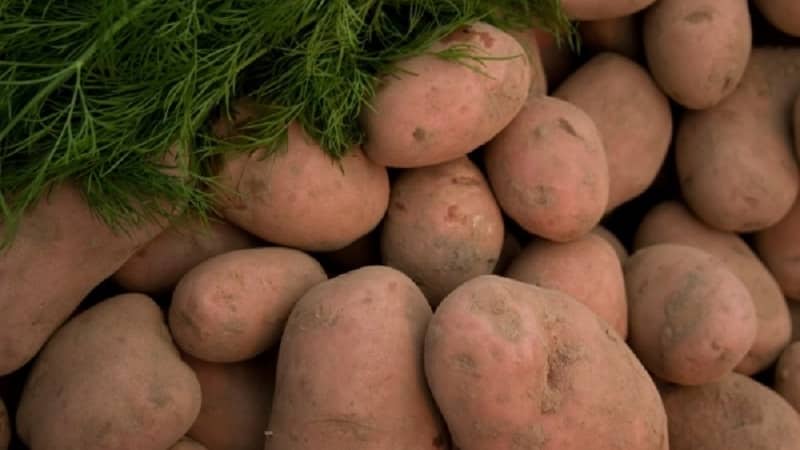
Potato responsive to watering at the bud and flowering stage. It is watered 4-5 times during the season. If it’s a rainy summer, reduce the frequency of watering.
Important! Do not allow water to stagnate in the soil. Otherwise, the resulting young tubers will begin to rot. But drying out the soil will also negatively affect the development of the plant.
Weed control is an essential part of potato care. To ensure that nutrients reach the crop, weeds are removed as they appear.
Hilling is carried out 2-3 times per season:
- When the plants reach a height of 20-25 cm, cover the seedlings with soil almost completely.During this procedure, the soil is saturated with oxygen, the plant is protected from possible frosts, and the tubers will not end up outside as they grow.
- Repeated hilling is carried out 2-3 weeks after the first.
- If the height of the potato tops allows and the rows are not closed, hill up a third time (about a month after the second hilling).
Nuances of cultivation and possible difficulties, diseases and pests
There are no special agrotechnical techniques for growing Vector.. The key to success is healthy planting material, timely planting and watering, weeding and hilling.
Difficulties arise when plant diseases and pests appear. In rare cases, the Vector is susceptible to:
- Wrinkled mosaic is a viral disease that is transmitted by aphids, Colorado potato beetles, and bedbugs. The disease occurs more often in hot and dry climates. Manifested by curling and changing color of leaves. This stunts the plant's growth and reduces yield. To prevent the disease from spreading en masse, diseased bushes are removed.
- Banded mosaic is a viral disease that occurs when planting infected tubers or using dirty tools. Do not neglect preventive measures: carefully inspect the planting material, use treated equipment.
The variety has resistance to scab, potato blight, late blight, and Alternaria blight. stable immunity.
Read also:
The most dangerous pests:
- The Colorado potato beetle and its voracious larvae, which cause enormous damage to plants by eating green mass.If the insect has settled on the tops, and the potato planting area is small, the insects are collected manually. Insecticides are used as a last resort, since with rain they go into the soil and retain their toxic properties for a long time.
- Wireworm is the larva of a click beetle that penetrates a tuber, makes passages there, and spoils the appearance. To effectively combat it in the spring, before planting potatoes, deep digging of the soil is carried out and any larvae and beetles that come across are destroyed.
- A mole cricket that destroys everything in its path. To repel insects, finely ground eggshells are scattered on the ground.
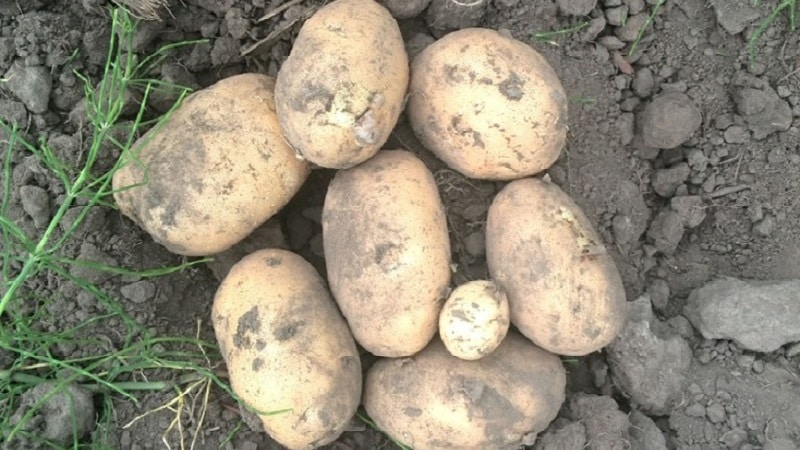
Collection, storage and use of crops
Vector's ripening period is 80-110 days. Potato harvesting begins in accordance with planting dates and external signs - lodging of bushes. Choose a dry sunny day. The dug up crop is dried in the fresh air for 3-4 hours, the affected tubers are thrown away, and the remaining potatoes are put away for storage.
Vector belongs to long-lasting varieties and at optimal temperature and humidity it lasts until the next harvest.
Reference. The variety is ideal for making mashed potatoes, French fries and chips, and is indispensable for producing dry starch.
Advantages and disadvantages of the variety
This young one this potato variety attracts ordinary gardeners and professional farmers with its qualities:
- resistance to most potato diseases;
- unpretentiousness to soil and climate, resistance to frost and drought;
- high productivity;
- excellent taste;
- high starch content;
- keeping quality up to 97%;
- ability to maintain presentation during transportation.
Among the shortcomings:
- does not belong to varieties universal for culinary use - it crumbles when cooked due to the high starch content;
- takes a long time to mature.
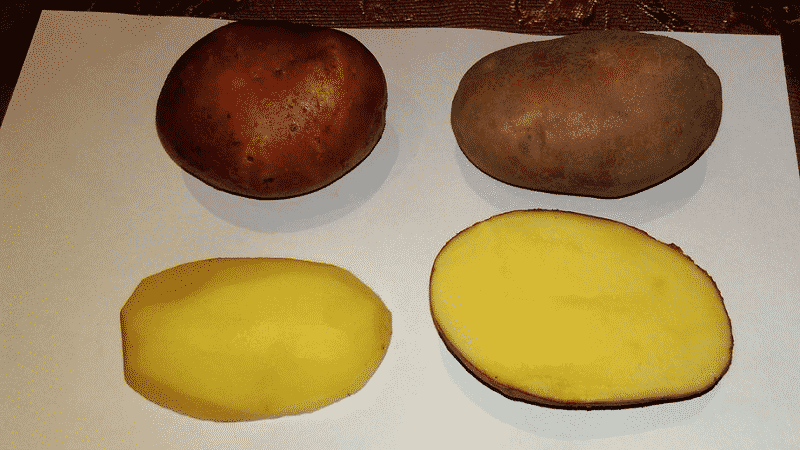
For which regions is it best suited?
Most The following regions are considered favorable for growing Vector:
- Central;
- Volgo-Vyatsky;
- Central Black Earth regions.
The variety is successfully cultivated in the Urals, Siberia and even in northern Russia.
Farmer reviews
Despite the youth of the variety, Potato Vector has already won the hearts of many gardeners.
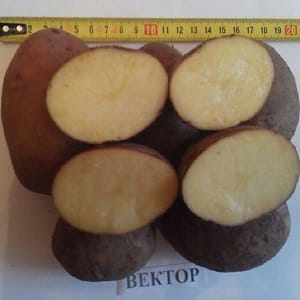 Vadim, Voronezh: “Vector potatoes have been growing on my farm for three years now. The yield is excellent, mechanization for harvesting works well. Tubers are almost not injured. After three years of cultivation, even the Colorado potato beetle could not defeat it. Good variety! ".
Vadim, Voronezh: “Vector potatoes have been growing on my farm for three years now. The yield is excellent, mechanization for harvesting works well. Tubers are almost not injured. After three years of cultivation, even the Colorado potato beetle could not defeat it. Good variety! ".
Victor, Mogilev: “We grow vector on an industrial scale in the field for sale. We recycle it for starch. We leave some for ourselves. Yellow flesh, good potato taste, except that it boils a little more than we would like.”.
Ivan Konstantinovich, Ryazan region: “I grow the variety in the field for sale. The yield is high, and the marketable yield is also excellent. I have zero problems with parasites; I learned to fight them before they appeared. Transporting Vector is easy; tubers are not damaged during long-term transportation. I’ve been growing it for more than 5 years, so I can give you an assessment. The market sells out quickly".
Conclusion
The young and promising potato variety Vector is suitable for cultivation on both farms and private farms. Agricultural technology is simple and straightforward and does not require much labor. The harvest is stable under any weather conditions and in different climatic zones.